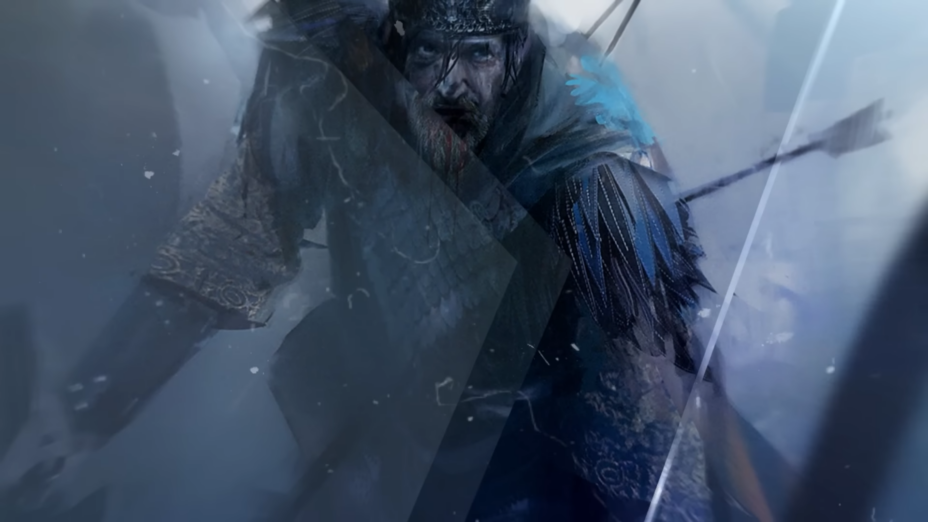Trope One: A Whole New World, A.K.A “We’re Not in Kansas (Or Reality) Anymore”
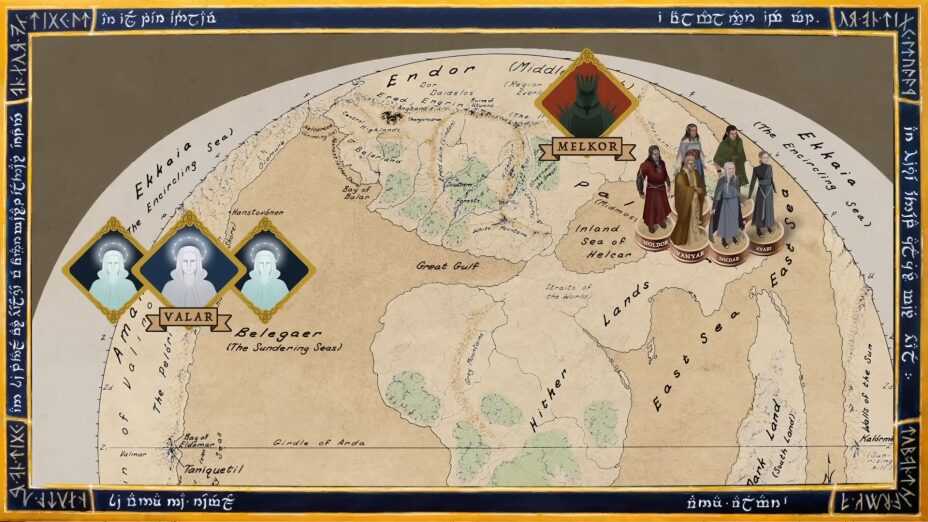
High Fantasy distinguishes itself from other fantasy genres by its distinct, author-created settings. Unlike Urban or Low Fantasy, which might incorporate real-world locations, High Fantasy thrives in entirely original worlds. These unique settings are crafted from scratch and exist independently of our reality.
This imaginative approach is a significant factor in the appeal of High Fantasy books. Consider how J.R.R. Tolkien’s “Middle Earth” provides a captivating backdrop that wouldn’t be possible in a real-world scenario like the American Midwest. The rich landscapes and fantastical elements found in Middle Earth contribute to a more immersive reading experience.
Trope Two: High Fantasy Themes Are…Not That Complex
In many High Fantasy novels, the plot structures and themes often follow a common, simple template. Typically, the story revolves around a protagonist who is unexpectedly thrust into an epic quest due to some disruptive event.
This individual, who may not seem particularly skilled at first, embarks on an adventure filled with magical occurrences, encounters with mythical creatures like dragons, and the fulfillment of prophecies.
Common elements in these stories include:
- A clear battle between good and evil.
- A central character struggling to understand their role.
- An antagonist that must be defeated.
- A journey or quest often involves swords, prophecies, and mythical creatures.
Character Development
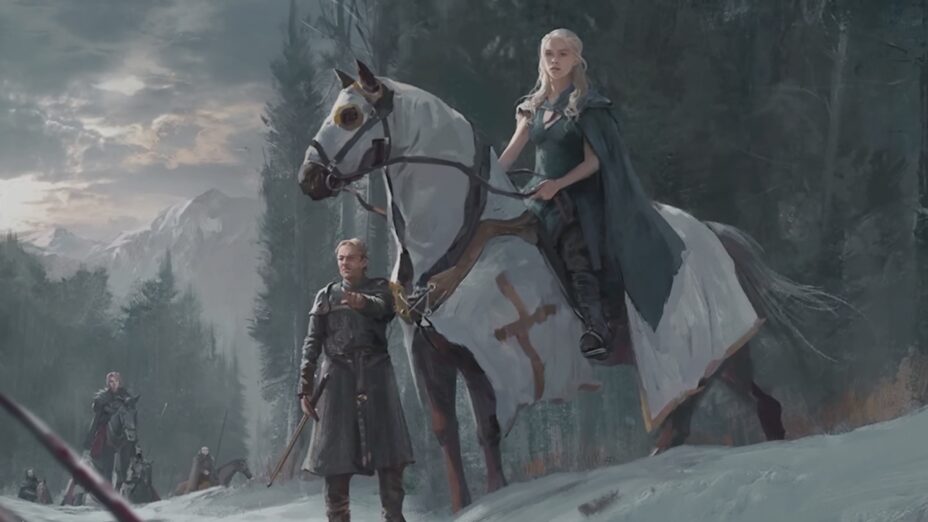
The protagonist usually undergoes significant growth, facing and overcoming personal and external challenges. This journey often tracks along a predictable path, showcasing themes like:
- War and conflict
- Sacrifice for a greater cause
- The battle against tyranny
- The importance of nobility and honor
Predictable Themes
These themes are typically large and straightforward, appealing to readers’ fundamental beliefs about morality, right and wrong, and societal values. The simplicity of these themes makes them easy to grasp, reinforcing why High Fantasy is often interchangeable with the Epic Fantasy genre.
Hero’s Journey
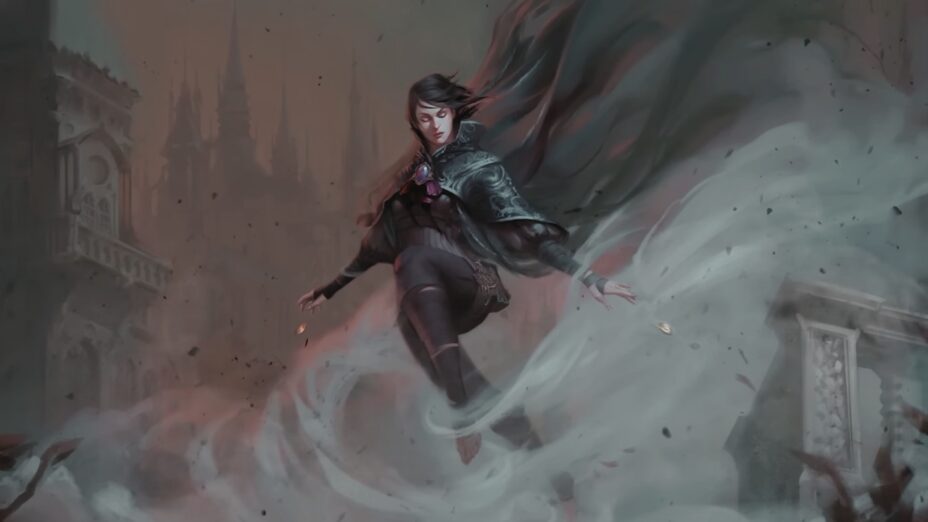
The concept of the “hero’s journey,” a popular narrative arc, originates from this genre. It usually involves stages such as:
- The Call to Adventure
- Overcoming initial reluctance
- Meeting mentors and allies
- Facing and overcoming initial trials
- The climactic battle or event
- Return with newfound wisdom or power
Example Books
Books such as “The Afterward” and “The Ascendant Kingdoms Saga” showcase these common themes while sometimes blending other genres, adding depth but maintaining the core simplistic elements.
By employing straightforward and grand themes, High Fantasy continues to capture readers’ imaginations with its timeless battles between good and evil and the enduring heroic journeys of its characters.
Trope Three: You Know What’s Cool? Magic, Medieval Weaponry
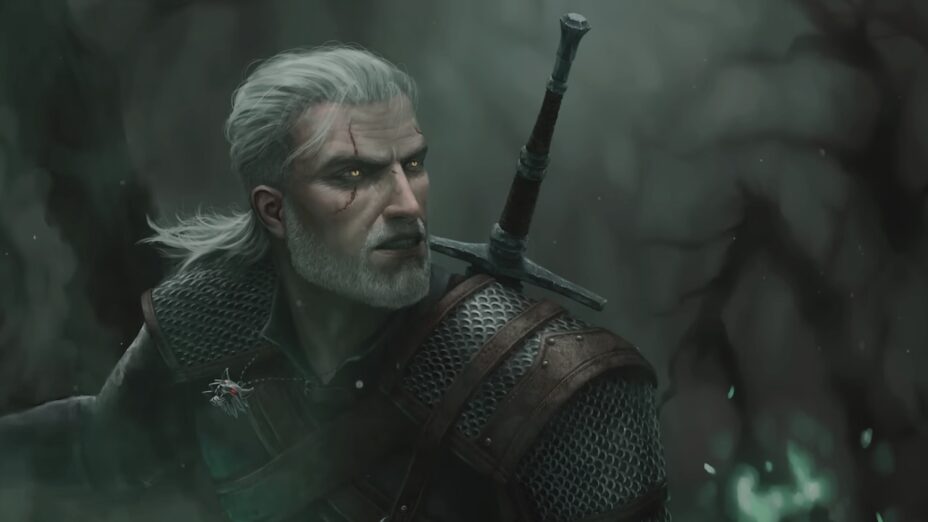
Epic battle scenes and medieval weaponry are cornerstones of High Fantasy. Readers are often enthralled by descriptions of grand conflicts, detailed down to the last sword clash. These scenes are not just filler; they’re pivotal moments that can define the overall success of a story.
High Fantasy settings typically blend elements from various historical periods, creating a timeless aura that appeals to our imagination. The blend of medieval, renaissance, and classical eras offers a rich backdrop for tales of valor and conflict. This fusion gives readers a taste of a time when life seemed simpler yet infinitely more adventurous.
Magic is another indispensable element. The allure of spells and arcane powers enhances the sense of wonder and possibility. It’s not unusual for a High Fantasy novel to feature wizards who wield staffs, knights who brandish enchanted swords, and mystical creatures that challenge the protagonists.
The combination of magic and traditional weaponry creates a unique dynamic. Classic swords and axes, often with some magical enhancements, are tools of heroism and villainy alike.
The interplay between these magical elements and historical weapons brings a layered complexity to the storytelling. For example, a hero might use a sword not just for its physical prowess but also for its ability to counter dark magic.
When it comes to creating vivid battle scenes, authors often rely on detailed descriptions of weaponry and tactics. This not only adds realism but also draws readers deeper into the fictional world. The battles are intense, often stretching over several chapters, and are meticulously crafted to heighten suspense.
In High Fantasy, these tropes serve as a touchstone for fans. They expect grandiose battles with medieval weapons and enchanting spells. This blending of elements forms the bedrock of the genre, inviting readers into a world where the extraordinary becomes the norm.
Trope Four: What’s With The Tall Elves?
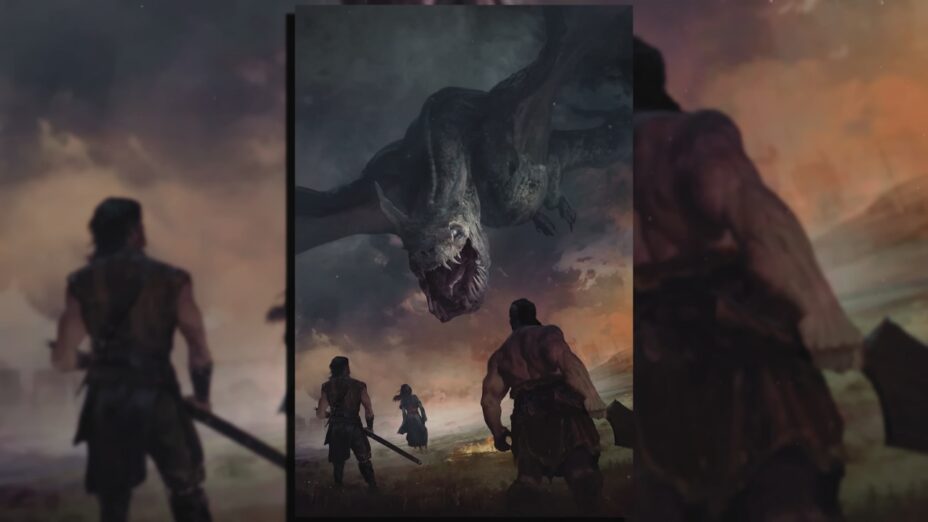
In High Fantasy, elves often stand out as a key trope but are not a necessary element for the genre. Though many people enjoy the enigmatic allure of tall, elegant elves, they represent a broader convention: the inclusion of diverse non-human races.
Common Non-Human Races
- Orcs
- Dragons
- Fae
- Mermaids
These non-human races are sometimes traditional, like those listed, or unique to the author’s world. Elves often symbolize the human desire to encounter beings and experiences far removed from the ordinary.
Other Examples
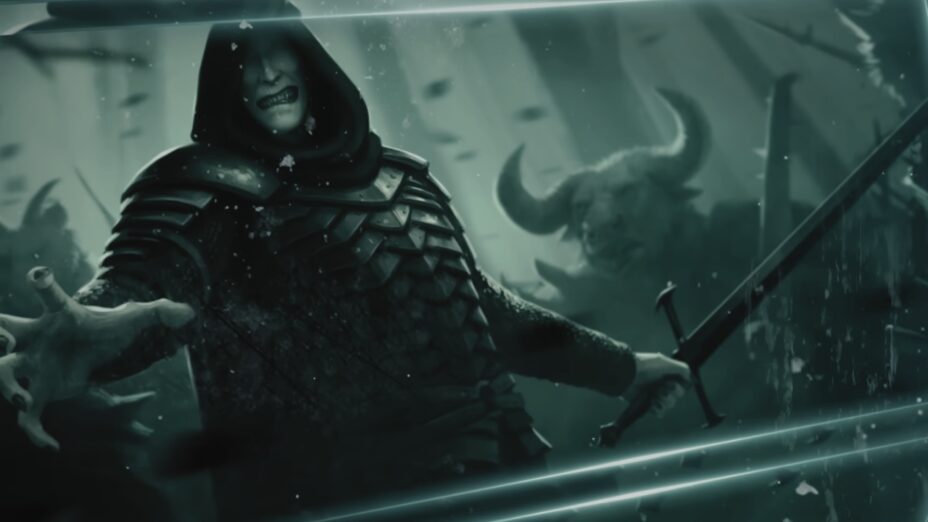
There are various instances in High Fantasy where humans are endowed with extraordinary abilities. Characters like mages, wizards, or the mysterious witchers bring the magical element without stepping entirely out of the human realm.
The Attraction of the Otherworldly
This attraction underscores a key facet of High Fantasy: the yearning for experiences beyond the mundane reality of Earth and humanity. High Fantasy thrives on bringing otherworldly beings and places into the narrative, providing a grand escapism that is central to the genre.
So, while tall, mystical elves, such as those depicted in genres like Warhammer, and epic sagas, they are but one piece of the dazzling mosaic that comprises High Fantasy.

